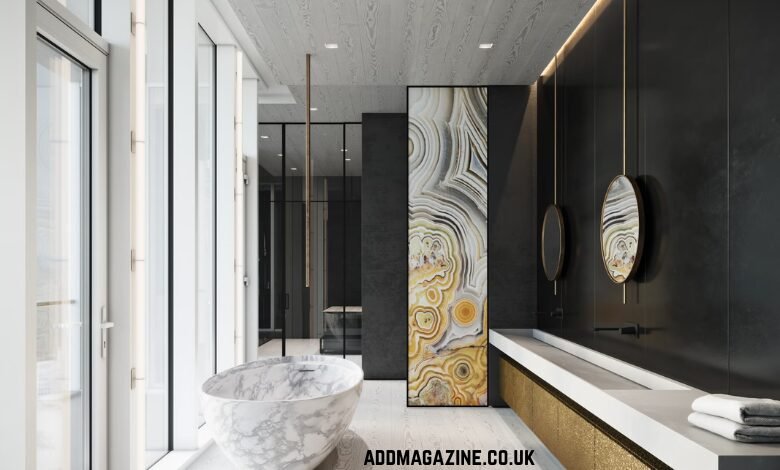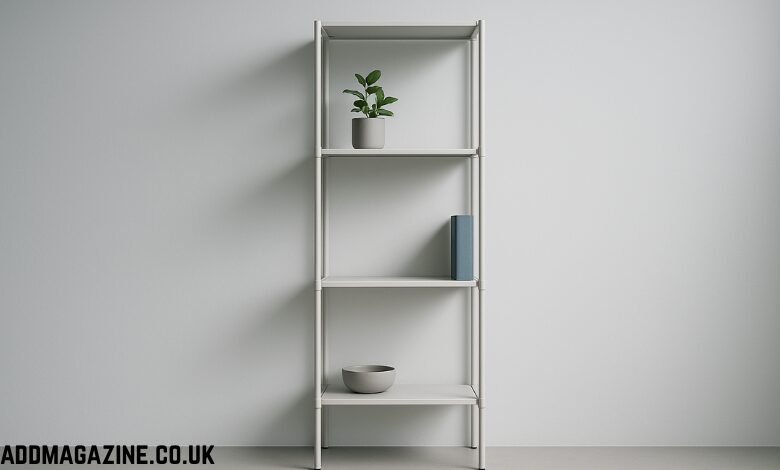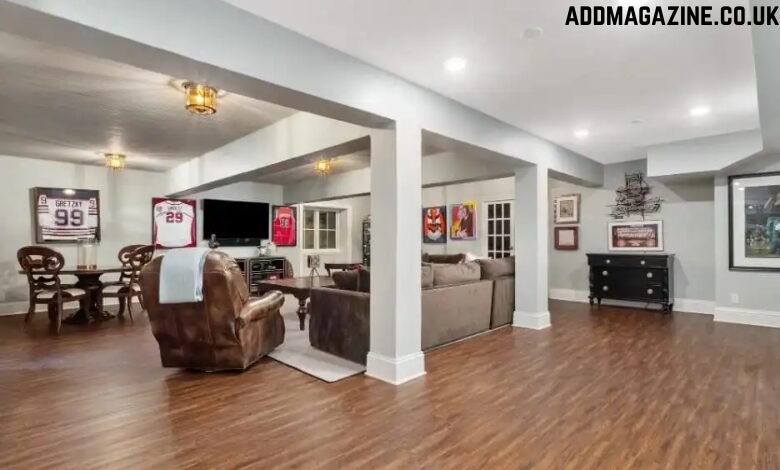Bathrooms are the hardest-working rooms in the house—and the easiest to get wrong. Too much gloss and they feel cold, too little storage and they feel chaotic. In 2025, the best remodels aim for one thing above all: calm. Not spa cosplay—just quiet, functional serenity that survives real life.
1) Start with the envelope, not the taps
Before you fall for a statement basin, fix the fundamentals: ventilation, insulation, and waterproofing. A correctly sized extractor on a humidity sensor stops mould before it starts. Insulating behind tubs and in stud walls keeps surfaces warmer to the touch, so the room feels comfortable at lower temperatures (and your energy bill smiles).
2) Space planning beats square metres
Great bathrooms feel bigger because they flow. Keep the through-route clean: entry → vanity → shower. If you’re tight on space, a walk-in shower with a linear drain removes visual barriers and frees precious centimetres. Niche shelving inside the wet zone keeps bottles off the floor and out of sightlines.
3) Surfaces that work as hard as they look
Porcelain large-format tiles = fewer grout lines and easier cleaning. Textured finishes on the shower floor add grip without shouting. If you love natural stone, seal it properly and specify a maintenance plan (future-you will thank you). For vanities, look for durable tops (porcelain/engineered stone) that shrug off toothpaste and hair dye.
4) Lighting in layers
Think three circuits:
- Task at the mirror (side sconces or backlit mirrors at eye level).
- Ambient across the ceiling (soft, even, dimmable).
- Accent for mood (a low-level wash under the vanity for 3am trips).
Get the colour temperature right—too cool feels clinical, too warm muddies makeup.
5) Storage right where you need it
A slim, tall cabinet beats a deep, messy one. Add a charging drawer for trimmers and toothbrushes; put a slim pull-out by the loo for paper and cleaners; use recessed niches so nothing pokes into the circulation route. Clutter is noise—design it out.
6) Water, wisely
Thermostatic mixers keep temperatures safe and steady. Where pressure is low, specify air-mixing shower heads for a satisfying feel without draining the tank. If multiple bathrooms compete for hot water, consider a priority circuit so the morning rush doesn’t turn into a hostage negotiation.
Real-world delivery matters
Good bathrooms live or die on sequencing: first fix (plumbing/electrics), waterproofing, tiling, second fix, then sealants and commissioning. If you want an example of that end-to-end discipline, explore GVD Renovations’ bathroom work in Sacramento—their design-build approach keeps trades in sync and punch-lists short: https://www.gvdrenovationsinc.com/bathroom-remodeling-sacramento/
The five-point pre-build checklist
- Moisture plan (extractor spec, duct path, make-up air).
- Drainage plan (falls to linear drain, towel rail locations).
- Storage map (what lives where—by user, not by guess).
- Lighting mock-up (height, colour temp, dimming).
- Maintenance plan (sealants, grout, surfaces).
Bottom line: You don’t need a hotel suite to feel restored. Get the envelope right, simplify the plan, layer the light, and banish clutter. That’s how a bathroom stops being a high-gloss headache and starts being the calmest room in the house.




